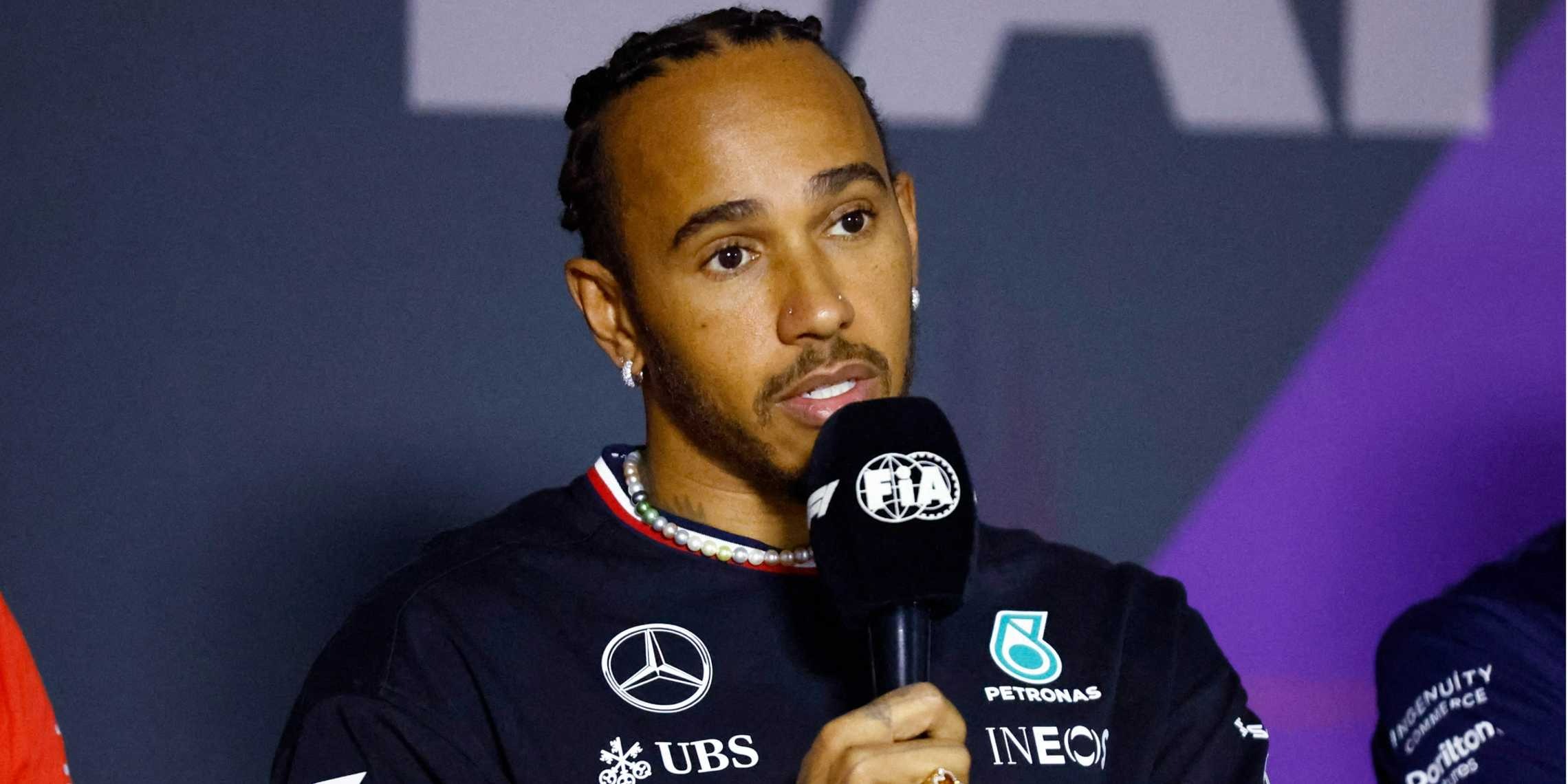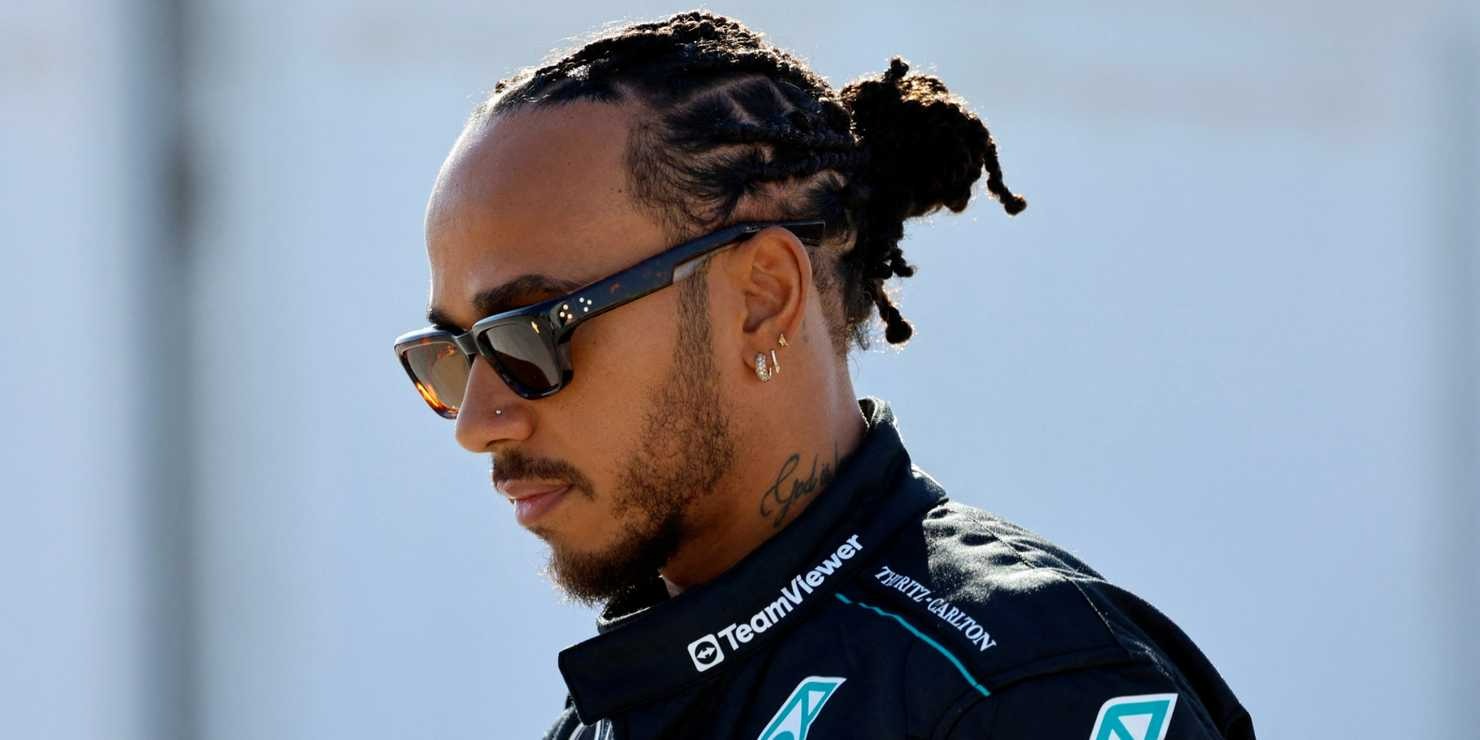
Sir Lewis Hamilton has revealed his reservations regarding the new set of regulations set to be introduced into Formula 1 in 2026. The changes announced by the FIA this past Thursday are some of the most sweeping made to the sport in years.
Chief among the new initiatives is a plan to downsize the current cars in order to produce much closer racing, with the 2026 cars expected to weigh 30 kg less than their current iterations. On top of that, the new races will seek to make Formula 1 racing more environmentally sustainable with the introduction of a simplified combustion engine, half-powered by electric energy, combined with fully sustainable fuels.
Hamilton certainly had a mixed reaction to the announcement at media day ahead of the Canadian Grand Prix this weekend. While the 39-year-old praised the move to become more sustainable, he wasn’t a fan of the changes that are set to be made to F1 cars.
Lewis Hamilton Speaks Out On Changes to Formula 1 From 2026
Seven-time World Champion isn’t convinced by FIA plans

Per Sky Sports, Hamilton expressed his views on the changes, which are seemingly shared by the majority of other F1 drivers. The feedback has not been positive.
“I’ve spoken to some drivers who have driven [the 2026 car] on the simulator and they say it is pretty slow. So we will see whether it’s actually the right direction or not.”
He continued: “But I think in terms of sustainability, particularly on the power unit side, I think that’s a really bold step and that is going in the right direction. But we’ve just got to make sure the cars are efficient, fast and an actual step forwards, and actually racing is improved.”
Williams star, Alex Albon, who recently committed his long-term future to the team based out of Grove in Oxfordshire, echoed Hamilton’s worries regarding the speed of the new cars even more sternly.
“I don’t want to speak out of turn, but I think it’s going to be very slow, extremely slow,” said the 28-year-old. “I’m guessing there’s a lot of stuff being done around making sure the straight-line speeds are not tapering off at the end with all the MGU-K and what not being involved.
“I still think there needs to be some work done. Seeing some of the work we have done, and seeing the speed traces around some of the tracks, it’s pretty slow.”
Albon further added, “The size of the cars, I think is the right direction. Not speaking negatively around it, I think there are positives and negatives around the whole thing. It seems to be that to recover what the new engine regulations are creating, means that everything becomes extremely complicated.
“The whole aero path that we’re going to go down, I’d rather just have a bit more simple engines, a little bit more maybe standardised parts within the engines or whatever it may be, and just return to a more basic regulation.”
‘The most important thing for us is that it’s a close competition’

Another huge sticking point with the 2026 regulations for drivers is that competitiveness across the grid is not lost, as has been the case with recent regulation changes over the past decade.
Mercedes were ruthlessly dominant following the 2014 regulation changes, winning eight-consecutive Constructors’ titles from 2014 to 2021. Red Bull took the torch from Mercedes with the 2022 regulation changes, allowing Max Verstappen to cruise to three consecutive World Drivers Championships.
Two-time world champion Fernando Alonso indicated competitiveness as the key to success for the 2026 regulation changes. “I think the smaller cars, just being able to overtake, or to fight a little bit more, that will be the best part for drivers,” the veteran said.
“I think for us the most important thing for us is that it’s a close competition and that many teams and drivers have the possibility to win. What we don’t like is when one team wins all the races for two or three years, so let’s see if the 2026 rules can bring that.”
Hamilton also referred to this in his reaction to the news, “More often than not when they (the FIA) do the changes some teams do better than others… Hopefully these regulations won’t make too big a difference.”
This season has been the first time since the introduction of the new regulations in 2022 in which Max Verstappen and Red Bull could have a title fight on their hands, with both Ferrari and McLaren splitting race wins with the Austrian-owned team in the last three races.
McLaren’s Oscar Piastri shared Alonso and Hamilton’s sentiments, pointing out that with new regulations often comes one team well ahead of the pack:
“Every time the regulations have changed it has led to a pretty big spread,” said the Australian. “With these regs, we are only just starting to catch up to Red Bull now. But we have a place in society to be at the forefront of technology and innovation and I guess you could argue that sometimes that comes at the cost of the racing.”
F1 Changes From 2026 Onwards Explained
Power units will be redesigned to possess almost 300 percent more battery power, with that power being evenly split between electric power and internal combustion. The new cars will also run on 100 percent sustainable fuel.
As previously mentioned, the weight of the cars will be reduced by 30 kg, with the width of the cars also being decreased. The Drag Reduction System (DRS) is set to be scrapped and replaced with a Manual Override Mode, allowing drivers to produce an electrical boost to overtake their opponents.
Downforce and drag are said to be reduced with the new regulations, with new cars also set to include active aerodynamic systems which will allow drivers to manoeuvre their front and rear wings throughout a race.